Information Zone
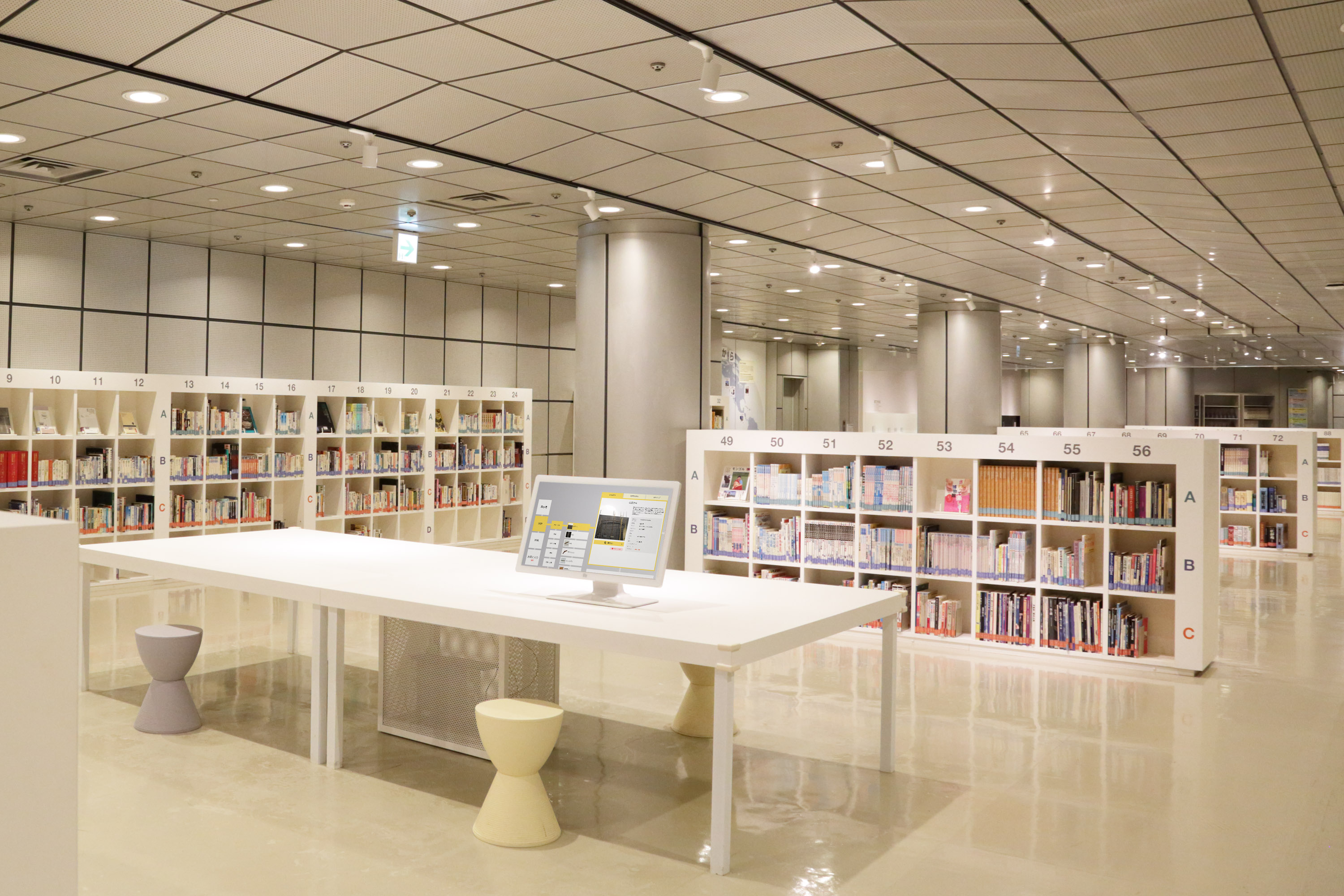
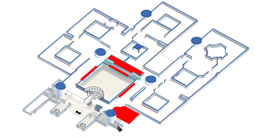
The Information Zone is located on the second floor, in the space surrounding the central patio, “Relics of the Future”. The Information Zone is divided into three sections: “Introduction,” where introductory information about the main exhibitions can be found; “Discovery Space,” for those who want more details about Minpaku research; and “Videotheque,” where video programs introduce lifeways and cultures from around the world. The Information Zone thus is a space in which information connects the exhibits at Minpaku with the vast outside world. Access to the Information Zone is free of charge.
Introduction
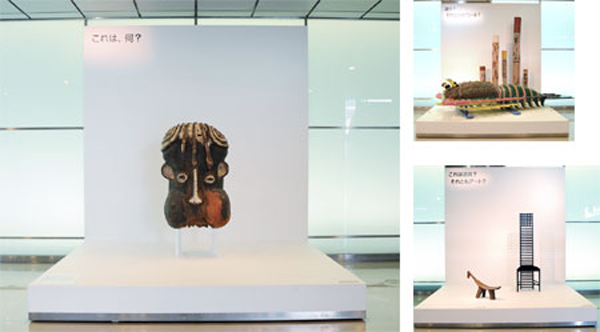
The exhibits in the Introduction section are designed to enable visitors to experience directly how anthropologists and ethnologists think and how Minpaku exhibits could be explored. Visitors who stop in front of the items displayed on the white stage are asked to consider questions such as, “What is this?” and “Are these similar…or different?” Through that experience, visitors will find themselves equipped with a valuable point of view from which to approach the world’s diverse cultures. Here is where your global journey starts.
Minpaku Digital Guide (Free of charge)
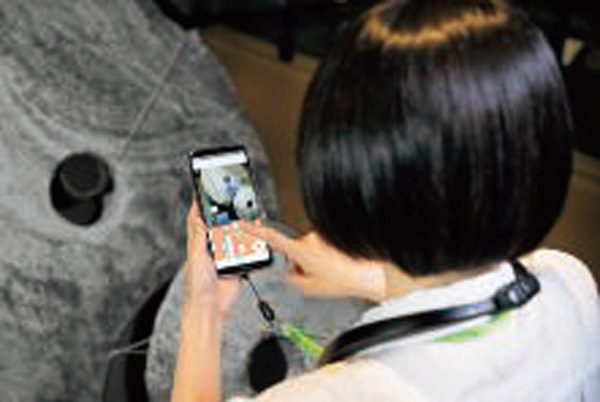
This guide describes facilities and exhibits in the Exhibition Halls using the museum map. It shows videos and information related to the locations artifacts were found, how they were used, and by whom they were used. Explanations are currently available in nine languages, including Japanese, English, and Chinese.
(The Minpaku Digital Guide was used by 7,229 visitors in total during FY2019. )
Videotheque
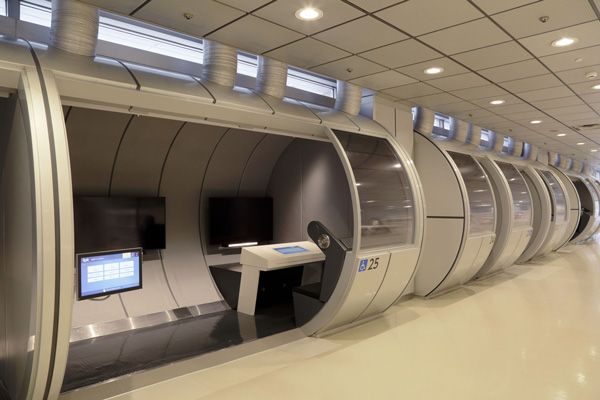
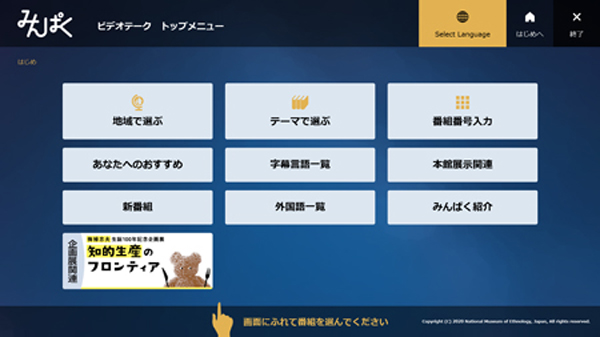
We developed the Videotheque in 1977 as the world’sfirst on-demand video library of its kind. It containsvideo programs that introduce rituals, performing arts,and the living cultures of peoples around the world, aswell as information on the artifacts on exhibit at theMuseum. We have continued to make improvementsand produce multimedia programs and rare researchvideos shot by our researchers during their fieldworkto be available for viewing. The FY2012 improvementsin our existing system include fuller menus that allowthe viewing of programs from multiple perspectives.Booth interiors have been upgraded to offer a brighterand improved audio environment. Some of the boothswere renewed in FY2019 to link the screening ofhigh-resolution videos with Minpaku Digital Guideand to expand the range of multilingual translation.Furthermore, we have added new booths that areaccessible to visitors using wheelchairs.
(There were 49,144 requests for Videotheque programs in FY2019.)
Minpaku Theater
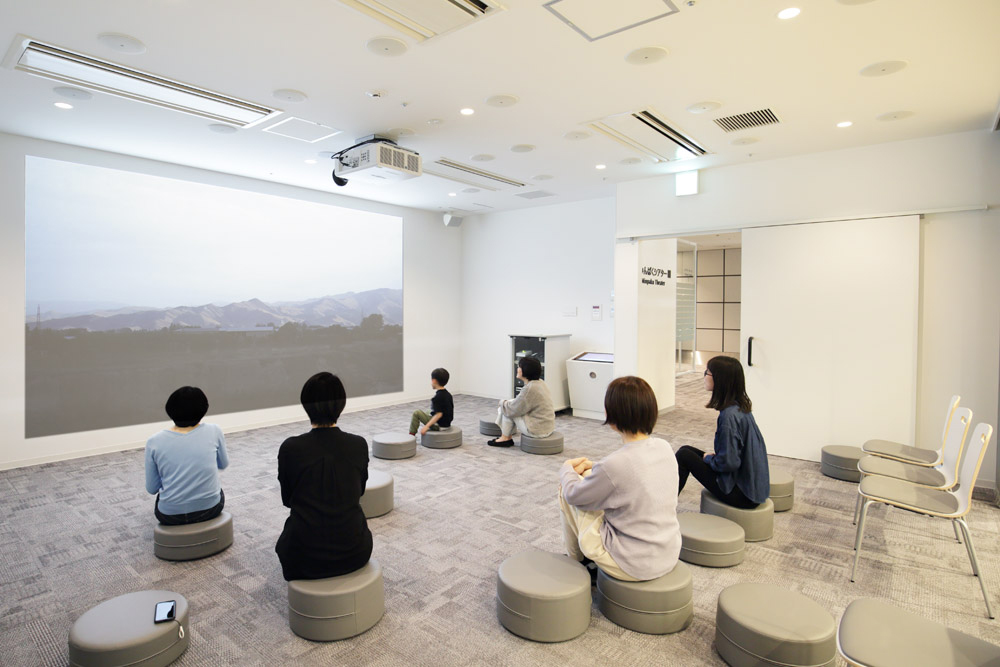
Discovery Space

In the Discovery Space, visitors may search for more information about exhibits at the Research Desk. Materials related to Minpaku researchers’ projects can be found at Voices from the Field. Touch the World provides an opportunity to handle as well as see exhibit materials, to gain a deeper understanding of them. Visitors are invited to learn more about the artifacts on exhibit, to satisfy their curiosity about what Minpaku researchers are studying, and to experience artifacts directly.
Research Desk: Deepen your Knowledge

Here you can find and compare information about the objects displayed in the main exhibition hall. Just touch the icon for the item you want to learn more about. The item’s name, the region in which it is used, its location in the exhibition hall, titles of related books, journal articles, and videos, and digital guide contents will appear on the screen. Keywords can be used to make comparisons across regions.
Also available are books and Minpaku publications related to the subjects visitors are exploring. To research a subject in greater detail, please use the library, which is located on the third floor.
Voices from the Field: Connect to the World

Minpaku research is not confined to the museum. Our researchers are active throughout the world, including Japan. The results of their research are the backbone of our exhibitions that connect visitors to Minpaku with people from many countries and regions. Here you can learn more about Minpaku researchers’ projects.
Touch the World: Widen your Perspectives

Touching objects enriches your understanding of them. This is a new approach to teaching and learning material culture in the museum. You can experience the world of objects that people have made and used, and feel the depth and richness of understanding objects through the sense of touch.
Stop and touch
Have a conversation with an artifact. Touch it, hold it, take your time, observe its form and texture. Handle it gently and think about what it tells you about the people who made it, their culture and society. This is where touching the world begins.
Look and touch
As you read the explanations, feel free to use both hands and eyes to explore the overall form, the structure of details, the relationship of inside to outside. Think about the materials used and how the object was made.
Don’t look, just touch
What can you learn about form and details by touch alone? Try it. Investigate the difference between the senses of touch, sight, and hearing.
